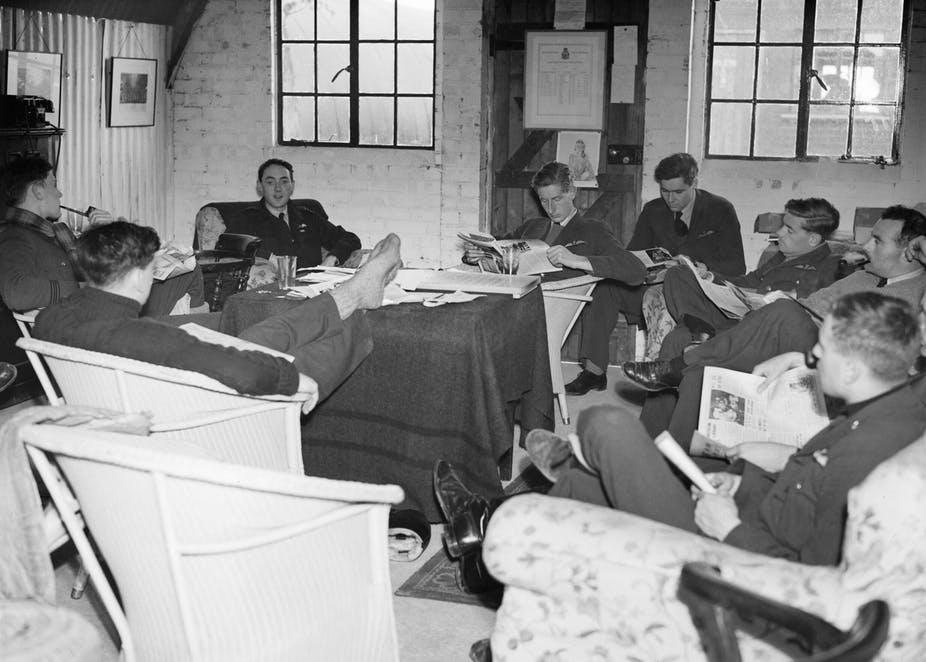These are unprecedented times–but, even so, comparisons are being made to the World War II in terms of the magnitude of the crisis that coronavirus represents. Some of this rhetoric is unhelpful but, as we bunker down into our homes and the government gets on a war footing, there is little doubt that the challenge to our liberty, leisure time, and sense of well-being is real.
With early reports that book sales are soaring while bookshops and warehouses close down and publishers reassess their lists, what can the reading patterns of an earlier generation tell us about getting through a crisis and staying at home?






